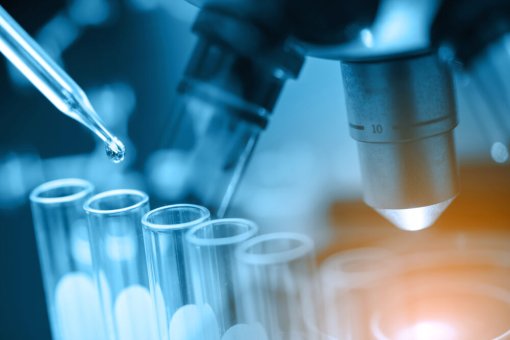Images
Participants


Contact

Paul C. Moore and Scott A. Oakes write a "News and Views" article in Nature Cell Biology February's issue about the findings recently published by Maíllo et al, in Raúl Méndez laboratory, in the same journal on the role of CEPB4 in the liver. Under the title "CPEB4 links the clock and the UPR to protect the liver", the researchers at the Diabetes Center, and Helen Diller Family Comprehensive Cancer Center at the University of California, San Francisco, explain that the IRB Barcelona study uncovers how the UPR is governed by the circadian clock to adjust ER protein-folding capacity to metabolic demand and protect against liver damage.
Reference article:
Paul C. Moore & Scott A. Oakes
CPEB4 links the clock and the UPR to protect the liver
Nature Cell Biology (2017) doi:10.1038/ncb3460
RELATED INFO:
Article by Maillo at al: http://www.nature.com/ncb/journal/v19/n2/full/ncb3461.html
IRB Barcelona press release: Researchers discover a protein that protects against fatty liver
About IRB Barcelona
The Institute for Research in Biomedicine (IRB Barcelona) pursues a society free of disease. To this end, it conducts multidisciplinary research of excellence to cure cancer and other diseases linked to ageing. It establishes technology transfer agreements with the pharmaceutical industry and major hospitals to bring research results closer to society, and organises a range of science outreach activities to engage the public in an open dialogue. IRB Barcelona is an international centre that hosts 400 researchers and more than 30 nationalities. Recognised as a Severo Ochoa Centre of Excellence since 2011, IRB Barcelona is a CERCA centre and member of the Barcelona Institute of Science and Technology (BIST).




